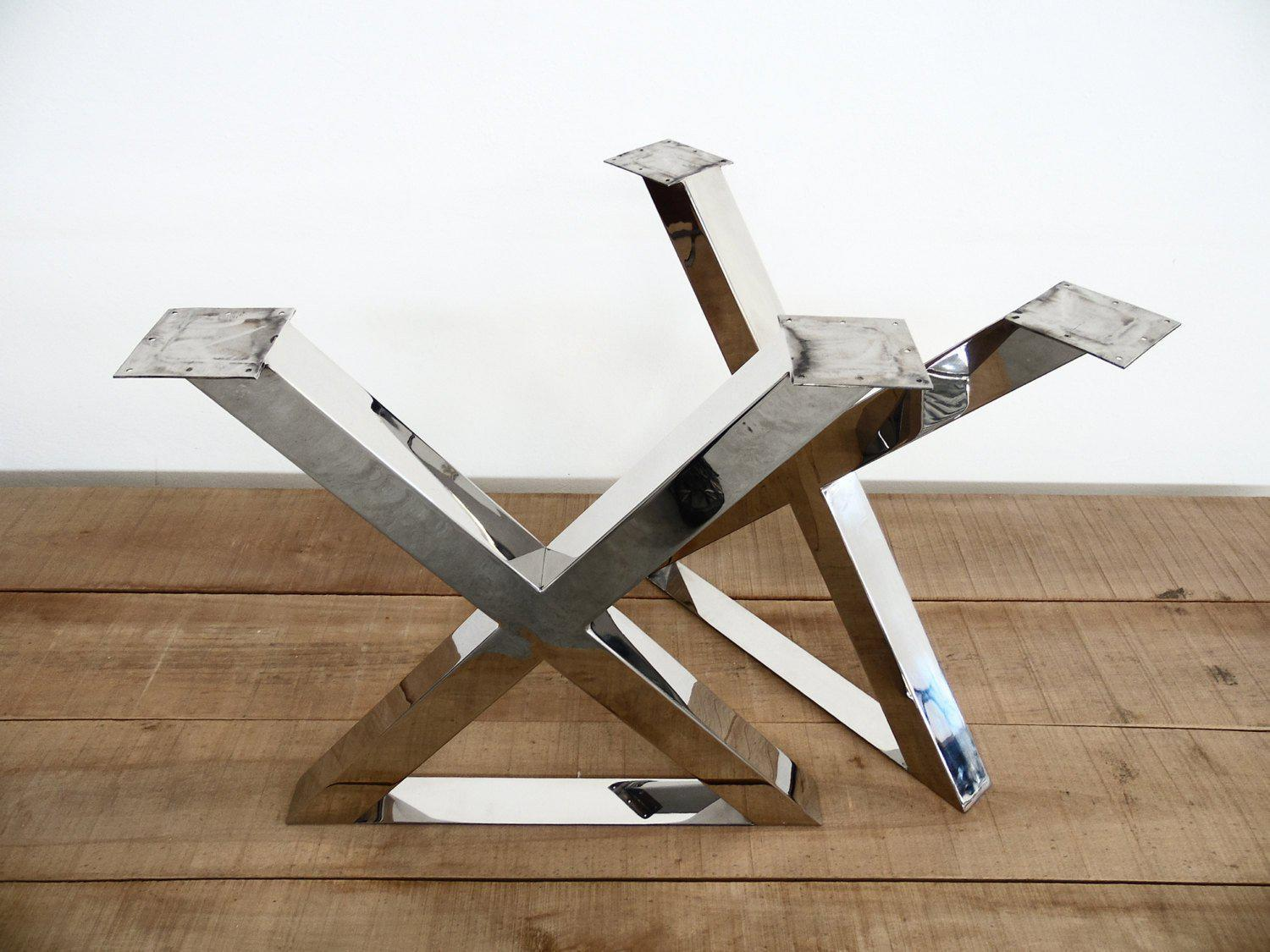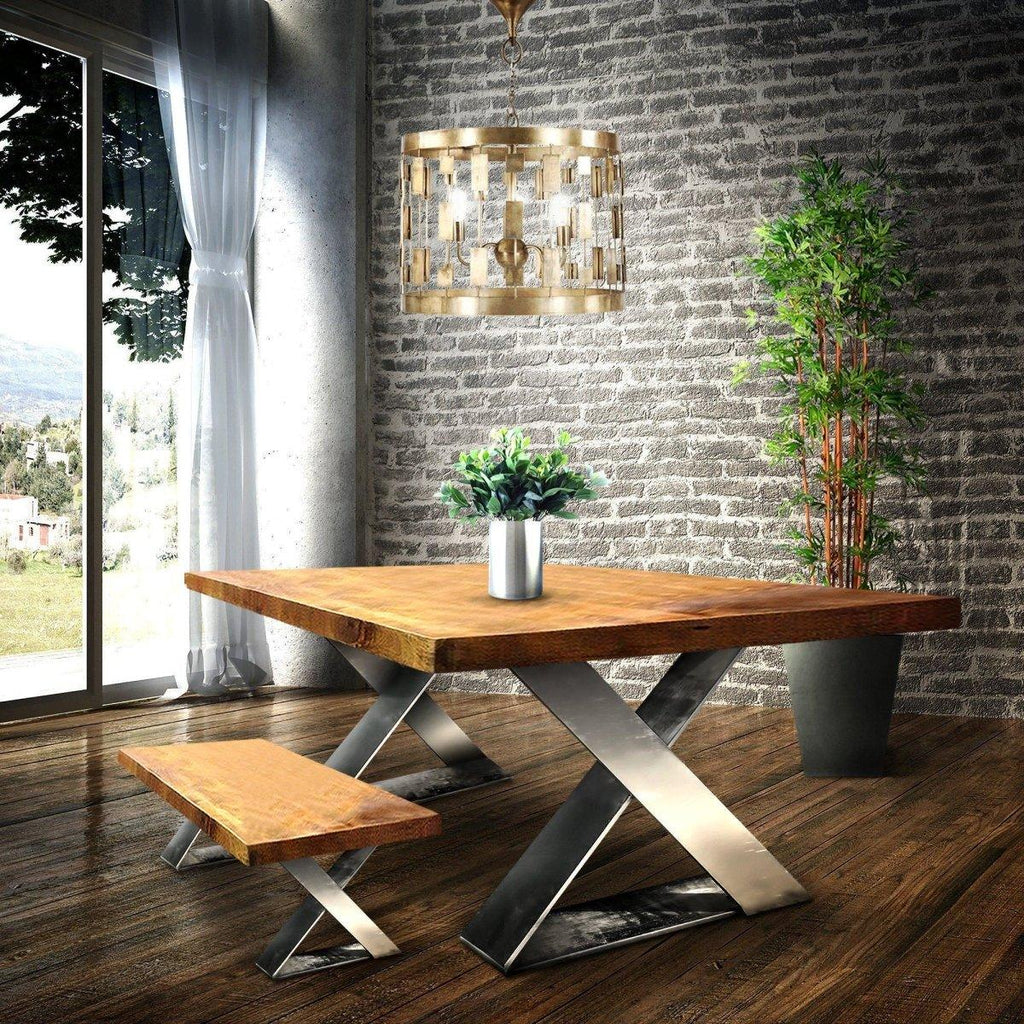From Standard to Modern: Find the Perfect Eating Room Table Legs for Your Design
While classic designs such as cabriole and turned legs evoke a feeling of timeless sophistication, modern styles like barrette and geometric options present a possibility for striking visual rate of interest. As you consider these elements, the question continues to be: just how can you perfectly integrate these varied leg styles to produce an unified eating experience?
Understanding Table Leg Styles
The range of dining-room table leg designs can dramatically affect both the aesthetic appeals and capability of the room. Each leg design contributes unique practical attributes and aesthetic components, dealing with varied layout choices and use demands. Comprehending these designs is crucial for picking the ideal eating table that aligns with your general interior decoration vision.
For example, conical legs provide a clean, timeless look that can enhance an area's style, while stand bases offer security and take full advantage of legroom, making them suitable for smaller sized spaces. Hairpin legs, a trademark of mid-century modern-day style, introduce a commercial panache, allowing for an airy, open feeling. Trestle legs stimulate rustic appeal, offering durable support and a feeling of timelessness.
In addition, the selection of materials plays a substantial function. Wood legs can bring heat and structure, whereas steel choices frequently share a smooth, contemporary ambiance. Ultimately, recognizing table leg styles is crucial for developing a cohesive eating area that shows individual design while guaranteeing usefulness and comfort. By attentively taking into consideration these aspects, you can improve both the aesthetic and functional allure of your dining area.
Traditional Table Leg Options
When selecting eating area table legs, conventional alternatives often symbolize ageless sophistication and craftsmanship. These styles mirror an abundant heritage and a commitment to high quality, making them ideal for those who appreciate traditional aesthetics.
One of one of the most legendary traditional leg styles is the cabriole leg, characterized by its stylish bent form. This layout often features decorative carvings and is most frequently discovered in Queen Anne and Chippendale furnishings. One more prominent choice is the transformed leg, which flaunts a series of smooth, rounded shapes that offer a traditional appearance while preserving stability.
Moreover, the straight leg, while basic, uses a basic and strong structure that can mix perfectly with a variety of tabletop styles. For those attracted to ornate detailing, claw-and-ball feet legs stimulate a feeling of magnificence and can offer as a stunning centerpiece in any eating area.
Finally, stand bases, although not strictly legs, give a different standard choice that permits sufficient legroom and can be wonderfully carved. Each of these typical leg designs contributes to the overall setting of a dining-room, marrying feature with aesthetic appeal.

Modern Table Leg Designs
Modern table leg styles provide a varied variety of designs that highlight innovative materials and tidy lines. These styles usually prioritize capability while acting as striking centerpieces within a dining room. Minimalist aesthetics prevail, with legs crafted from materials such as steel, glass, and engineered wood, which add to a ventilated and modern feel.
One popular layout is the hairpin leg, identified by its slender, tapered framework that gives stability without frustrating the table top (dining room table legs). This style is often discovered in mid-century modern-day furniture and can effortlessly match various eating table forms. Another pattern is making use of geometric forms, where legs may tackle angular or asymmetrical types, including visual passion and a touch of artistry

Blending Styles for Unique Spaces
Commonly, house owners look for to produce distinct dining spaces that reflect their individual style by blending click for more various layout elements. This method permits the incorporation of diverse appearances, leading to a harmonious yet distinctive you can look here environment. Combining a rustic wooden table with smooth, contemporary steel legs can produce an appealing contrast that boosts the space's total charm.
Furthermore, integrating vintage table legs with modern tabletops can stimulate a sense of background while keeping a contemporary sensibility. Such combinations not only display specific preference however likewise urge imagination, allowing property owners to curate a room that feels both individual and inviting.
Shade plays a critical duty in this blending procedure; picking table legs that match or comparison with the existing color design can enhance aesthetic interest. Whitewashed legs can soften the boldness of a dark table surface area, developing a balanced visual.
Tips for Picking the Right Legs
Choosing the right table legs is essential for accomplishing both performance and aesthetic charm in your eating space. Begin by thinking about the total design of your area. Traditional settings gain from legs that include intricate makings or turned styles, while contemporary rooms might call for smooth, minimal designs.
Following, assess visit this site right here the height and stability of the legs. dining room table legs. Typical table vary in between 28 to 30 inches in elevation, so ensure the legs complement this measurement for convenience. Additionally, robust materials, such as hardwood or metal, can improve stability and durability
Examine the leg form also-- alternatives consist of right, tapered, or pedestal styles. Straight legs use a timeless appearance, while conical legs can include a touch of elegance. Pedestal bases supply adequate legroom and are excellent for smaller sized rooms.
Verdict
In summary, picking the suitable dining room table legs needs careful factor to consider of both modern and typical styles. By balancing leg style, elevation, and material with the total design, a natural and inviting atmosphere can be attained.
The range of eating space table leg designs can significantly affect both the appearances and performance of the space. Eventually, understanding table leg designs is necessary for creating a natural dining location that reflects personal design while ensuring practicality and convenience.One of the most renowned conventional leg designs is the cabriole leg, identified by its graceful rounded shape. Straight legs use a classic look, while conical legs can add a touch of style.In summary, choosing the optimal dining area table legs requires cautious factor to consider of both modern-day and traditional styles.